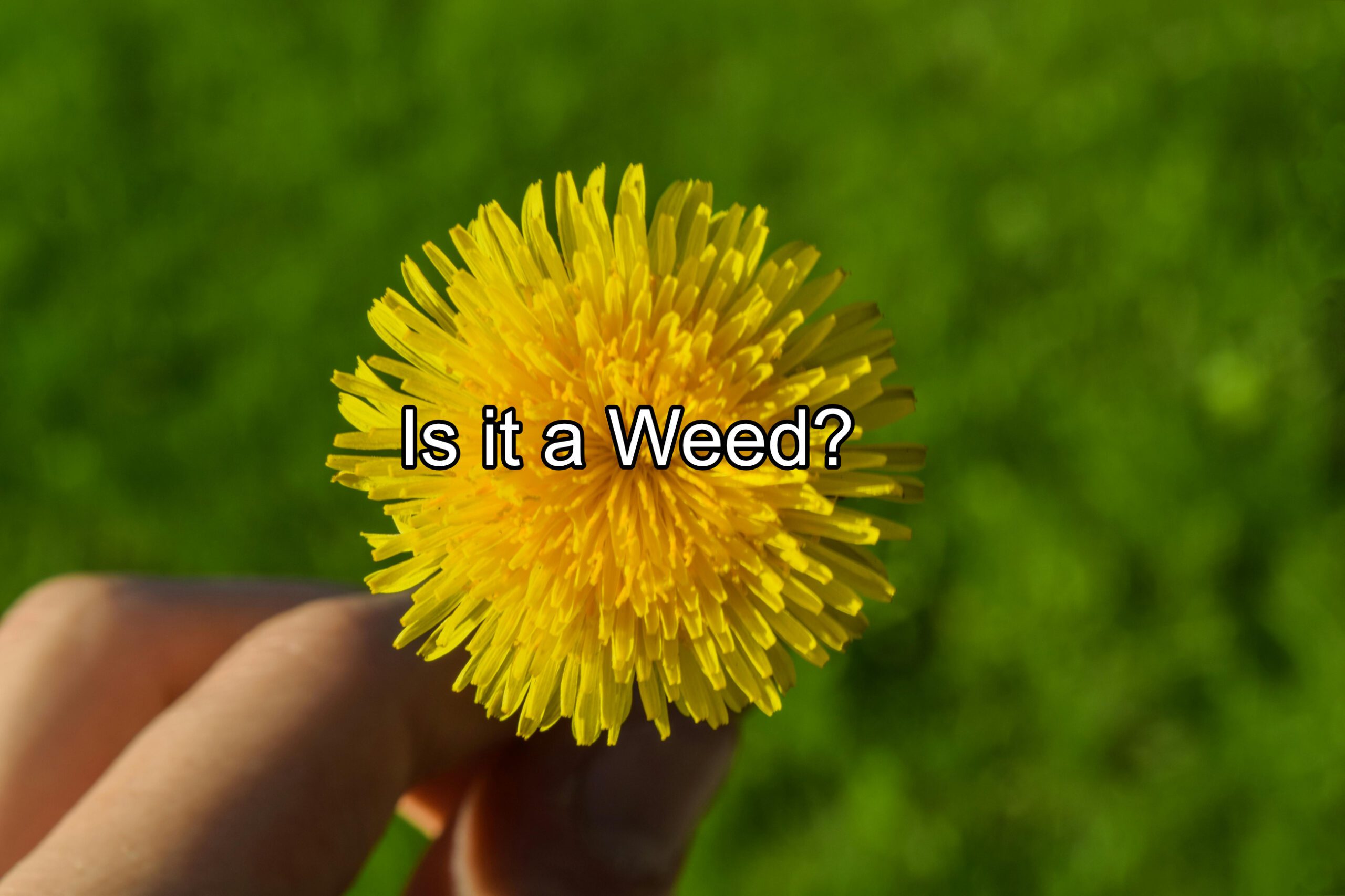
Dandelion (Taraxacum officinale): A Powerful and Underestimated Medicinal Plant
The non-Florida native plant, Dandelion (Taraxacum officinale), may be known as a lawn weed, but herbalists and modern researchers recognize it as one of nature’s most valuable medicinal plants—and a surprising ally to our ecology. From liver and digestive support to antioxidants, kidney health, and gentle detoxification, nearly every part of the plant offers healing potential, while its deep taproot, mineral cycling, and early-season blooms quietly support soil health and the surrounding ecosystem.
This article also opens our new “Is It a Weed?” series—where we explore commonly overlooked plants and reveal their ecological purpose, soil clues, and unexpected benefits.

Medicinal Benefits of Dandelion

Liver Support & Detoxification
Dandelion root stimulates bile production, protects liver cells from oxidative stress, and supports natural detox pathways.
Digestive Health & Prebiotic Action
The root contains inulin, a prebiotic fiber that supports healthy gut bacteria and improves digestive function.
Kidney & Urinary Support
Dandelion leaf acts as a rare, potassium-sparing diuretic, helping reduce fluid retention without mineral loss.
[ – Not a replacement for medical treatment – ]
Anti-inflammatory & Antioxidant Properties
Rich in chicoric acid, chlorogenic acid, flavonoids, and polyphenols, Dandelion helps reduce inflammation and cellular stress.
Blood Sugar & Lipid Regulation
-Emerging Research-
Early studies show potential improvements in insulin response, LDL, and triglycerides.
Immune System Support
Its vitamins and minerals, combined with in-vitro antiviral activity, contribute to immune resilience.
Skin Health
Traditional use includes sap for warts and blemishes; flower extracts help soothe inflammation and support skin repair.
How Dandelion is Used

How Dandelion Is Used
Teas
- Leaf tea → supports kidneys and fluid balance
- Root tea → supports digestion and liver function
Tinctures & Capsules
- Concentrated extracts for liver, digestion, and metabolic support
Fresh Leaves
- Young leaves eaten raw in salads
- Mature leaves lightly sautéed to reduce bitterness
Roasted Root (“Dandelion Coffee”)
- Caffeine-free
- Supports digestion and liver health
Topical Uses
- Flower-infused oils
- Salves
- Traditional use of sap for specific skin concerns
Safety, Interactions & Precautions
Health Conditions
Use caution with:
- Gallbladder disease
- Bile duct obstruction
- Kidney disorders
- Sensitive stomachs
Pregnancy & Breastfeeding
Avoid large medicinal doses unless approved by a healthcare provider.
Allergies
Avoid if allergic to Asteraceae family members such as:
- Ragweed
- Daisy
- Marigold
- Chrysanthemum
Medication Interactions
Possible interactions with:
- Blood thinners
- Lithium
- Certain antibiotics
- Diuretics
- Diabetes medications
- Blood pressure medications
Ecological & Soil Insights

Where Dandelion Thrives
- Compacted soils
- Disturbed or urban soils
- Neutral to alkaline pH
- Low organic matter
- Mineral imbalance
- Well-drained sand or loam
Where It Struggles
- Healthy loamy soils
- Very acidic soils
- Waterlogged soils
- Dense shade
What Dandelion Indicates
- Soil compaction
- Poor nutrient cycling
- Low organic matter
- Mineral stratification
- Slightly elevated pH
- Landscape disturbance
Ecological Contributions
- Taproot decompacts soil
- Mineral uplift (deep → surface layer)
- Leaf decomposition returns nutrients
- Early-season pollinator support
- Pioneer plant behavior that prepares soil for others

Through MDG Lens
Bioindicator Plant
Dandelion presence tells a story about the soil. It thrives where the ecosystem is asking for correction, not perfection.
Dandelion is not native to Florida—but it behaves like an ecological assistant, revealing soil dynamics and supporting early biodiversity.
For MDG, these bioindicator traits translate into practical field value:
Soil Diagnostic Clues: When Dandelion appears during maintenance visits or consultations, it often signals compaction, low organic matter, or mineral imbalance, guiding MDG’s soil-focused recommendations.
Client Education: Its presence becomes an opportunity to teach homeowners about soil health, ecosystem patterns, and the role of pioneer species, aligning with MDG’s value of education.
Design & Reset Insights: In garden resets, Dandelion growth helps the MDG team identify where soil layers need aeration, amendment, or organic rebuild, improving long-term design outcomes.
Biodiversity Support: Early blooms provide nectar and pollen when few other plants do, a useful point when advising clients about pollinator-friendly practices, especially in transitional or newly restored landscapes.
Natural Regeneration Indicators: In neglected or disturbed areas, Dandelion often signals where the landscape is attempting to self-correct, helping MDG determine which interventions should soften, support, or replace that natural process.
🌿 Final Thoughts
Conclusion: A Plant With Ancient Roots and Modern Relevance
Dandelion is a plant that bridges medicinal wisdom with ecological insight. Far from being “just a weed,” it is a botanical ally that helps both people and landscapes thrive—making it the perfect first feature in our “Is It a Weed?” series.
Tell us how you use Dandelion
Whether it’s a recipe, a preparation method, or a wellness practice. Share your favorite approach below!


